Skin-care innovation is a slow burn, with groundbreaking ingredients and product formats often resulting from years of research, expert input, and consumer feedback. Unlike the more visually dramatic trends in makeup and hair, skin-care trends often evolve in subtler ways.

For 2025, industry insiders anticipate an expansion of popular product categories and treatments already making waves in the skin-care world. Expect to see upgraded sunscreens, body serums with the power of face serums, and a surge in multitasking products.
You’ll also likely see treatments, such as the "salmon sperm facial," pushing boundaries and influencing new products hitting shelves.
Simplicity Over Multistep Routines
If the idea of a 10-step skin-care routine has always felt overwhelming or out of reach, you’ll be pleased to hear that next year is all about simplification. As Morgan Rabach, MD, a board-certified dermatologist, says, “There’s been a shift towards more minimalist routines involving multifunctional products that are just as effective [as using multiple products].” Beth Labrecque, a principal scientist for Unilever Beauty & Wellbeing, also echoes this trend, emphasizing that consumers are increasingly seeking products that deliver more benefits for the skin, providing better value.
Marisa Garshick, MD, a board-certified dermatologist, has noticed a similar trend with her patients, stating, “When you use too many products, your skin can experience sensitivity, reactions, breakouts, and irritation,” she notes, explaining that many individuals were experiencing issues as a result of lengthy routines.

Dermatologists have long cautioned that more isn’t always better when it comes to skin care. Layering too many active ingredients or hopping on the latest TikTok trend could sometimes lead to ineffective combinations, causing skin irritation or blocking active ingredients from working.
Simplified routines, on the other hand, allow for consistency without overtaxing the skin barrier. For brands, this translates into the creation of multitasking products that combine various benefits into one. Dr. Garshick points to the Colorescience Total Eye 3-in-1 Renewal Therapy SPF 35, which combines an eye cream with wrinkle-smoothing, SPF protection, and even concealer. This approach not only makes routines easier but also reduces the risk of unnecessary irritation.
Sunscreen Formulas Will Keep Evolving
Can sunscreen be sexy? According to Dr. Rabach, the answer is yes!
"Brands are continuously working on improving the textures of sunscreens," she says. While the U.S. still lags behind other countries in adopting new sunscreen filters, the texture of sunscreen continues to evolve. Dr. Mona Gohara, a board-certified dermatologist, highlights that brands are increasingly creating lightweight, luxurious formulas that feel almost like serums. You’ll see more “sunscreen drops,” “sunscreen serums,” and “sunscreen fluids,” moving away from the traditional thick lotions and creams.

Expect to see more shade options for tinted sunscreens, especially for individuals with darker skin tones. Hybrid formulas, like tinted serums with SPF, will also become more common. As an example, Supergoop’s Protec(tint) Daily SPF Tint SPF 50 Sunscreen Skin Tint offers medium coverage in 14 shades and sun protection with both mineral and chemical filters.
Body-Care Gets a Major Makeover
Body creams are no longer just for moisturizing; they’re now packed with the same active ingredients that are found in facial skin-care products. Beth Labrecque from Unilever notes that the "faceification of body care" is becoming a big trend, which refers to the idea of applying targeted benefits to body skin the same way we treat facial skin.
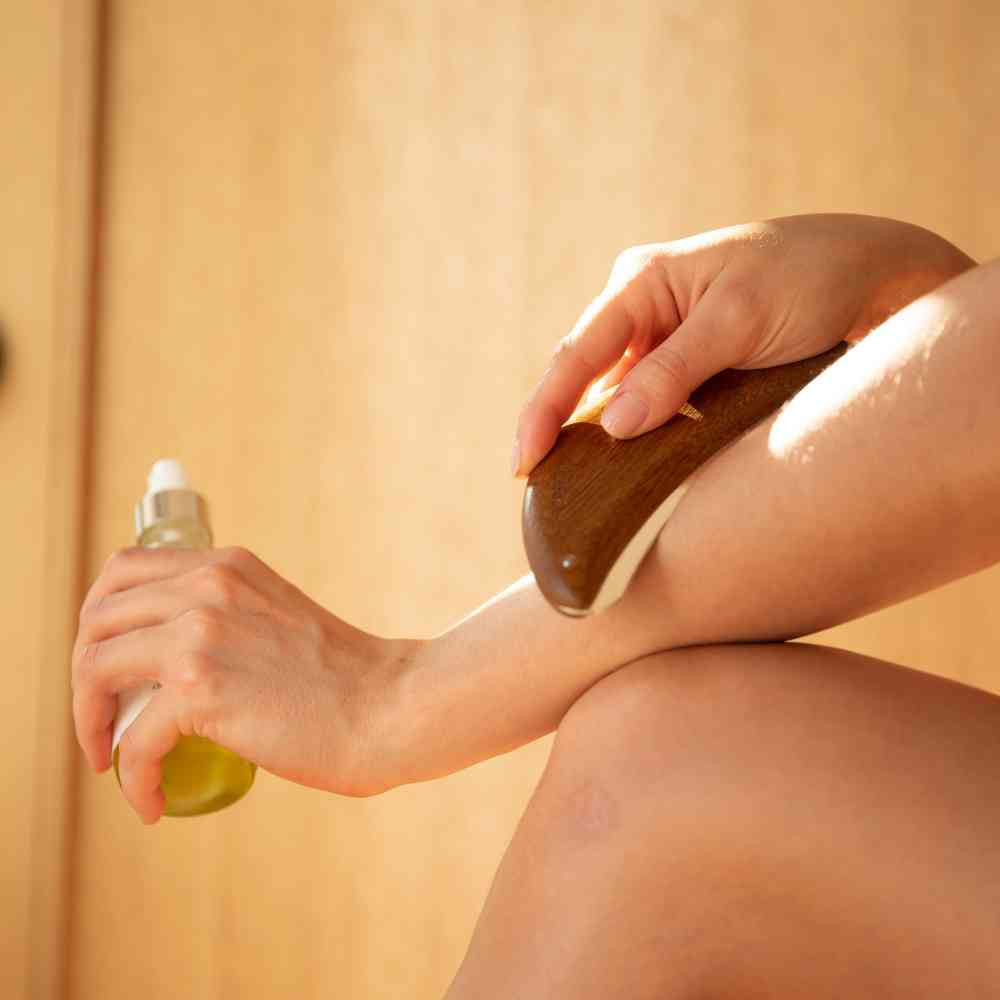
Dermatologists are predicting a more sophisticated approach to body care, with specialized ingredients like body-specific retinoids and barrier-repair components. Body washes will also see upgrades, incorporating ingredients that promote hydration, improve skin texture, and reduce wrinkles.
Brands have jumped on this trend, offering body creams infused with ingredients that target texture and tone, while The Ordinary has ventured into body care with products like a 0.5% Salicylic Acid Body Serum. Skinbetter has also expanded into body care with its AlphaRet Body Overnight Cream, combining retinoid and AHA technologies to smooth and hydrate the skin.
As Dr. Garshick explains, the skin on our body, particularly areas like the neck and hands, is exposed to the same stressors as the face. It deserves the same level of care, and a well-rounded body-care routine could include cleansers, antioxidants, exfoliators, moisturizers, and sunscreen—similar to your face routine.
Exosomes: Buzzing and Controversial
Exosomes, tiny nanoparticles released by human cells, are making waves in the skin-care world due to their potential to improve skin texture and smooth wrinkles. However, exosomes remain a controversial ingredient, with no FDA-approved products containing them just yet. Experts, like Corey L. Hartman, MD, a board-certified dermatologist, caution that while exosomes may hold promise, much remains unknown about their safety and efficacy.
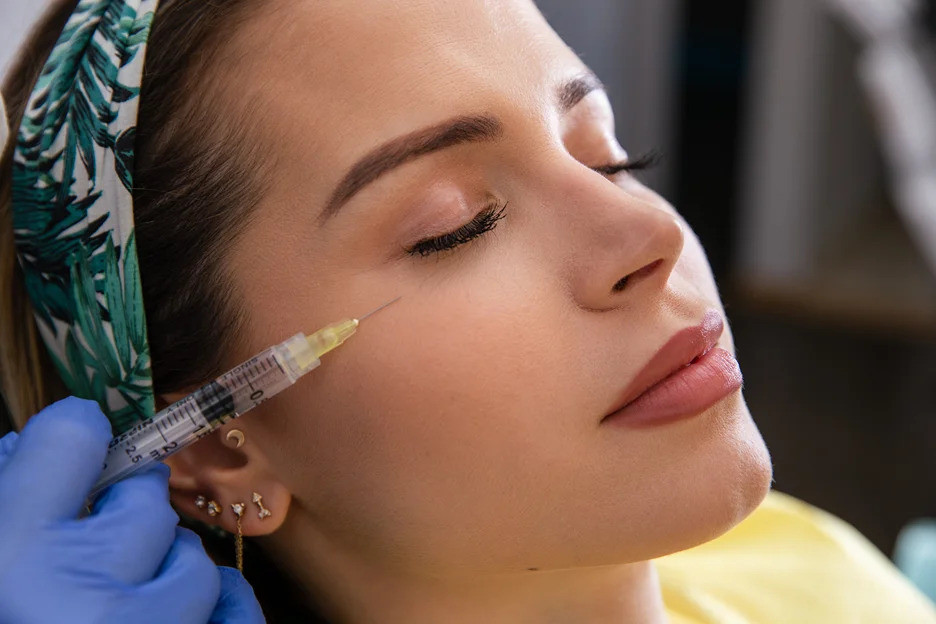
"Exosomes are just storage structures allowing for the transit of other molecules between cells," explains Daniel P. Friedmann, MD, adding that there’s still no definitive evidence to prove that they will deliver the desired benefits.
Despite the uncertainty surrounding exosomes, the excitement around them persists, with products already in development that use exosome-inspired ingredients to brighten skin or smooth lines.
PDRN and the Salmon Sperm Facial
The rise of the "salmon sperm facial" has brought attention to an ingredient called polydeoxyribonucleotide (PDRN), which comes from salmon sperm and is believed to support collagen production and promote skin regeneration. Although PDRN is primarily used in injectables or as part of professional treatments like microneedling or laser resurfacing, it could soon make its way into at-home products.
Dermatologists like Ryan Turner, MD, highlight that while PDRN has shown promise in supporting skin regeneration, it’s not a miracle worker, and its effects are still being researched. While injecting salmon sperm into the skin is still not FDA-approved in the U.S., its influence on skin-care formulations will likely continue to grow.
Barrier Repair: A Continued Trend
The demand for barrier-repair skin-care products is showing no signs of waning. Brands are continuously launching products like serums and moisturizers designed to protect the skin’s outermost layer, helping seal in moisture and defend against irritants.
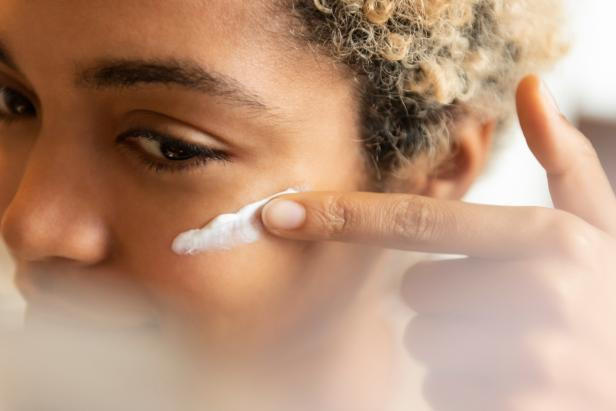
As Dr. Joshua Zeichner, a board-certified dermatologist, explains, "The health of the outer skin layer is the biggest trend we have been seeing over the past few years." However, not everyone needs a barrier-repair product—Dr. Hartman points out that these products are most beneficial for those with compromised skin barriers, such as individuals with eczema.
Overusing barrier-repair products can sometimes cause other skin issues, such as breakouts or irritation, especially for those with no existing skin barrier concerns. Dr. Garshick advises that overusing harsh ingredients or scrubs could damage the skin barrier, which may lead to redness, dryness, or even stinging sensations. For those unsure whether they need these types of products, seeing a dermatologist for a proper diagnosis is the best way forward.


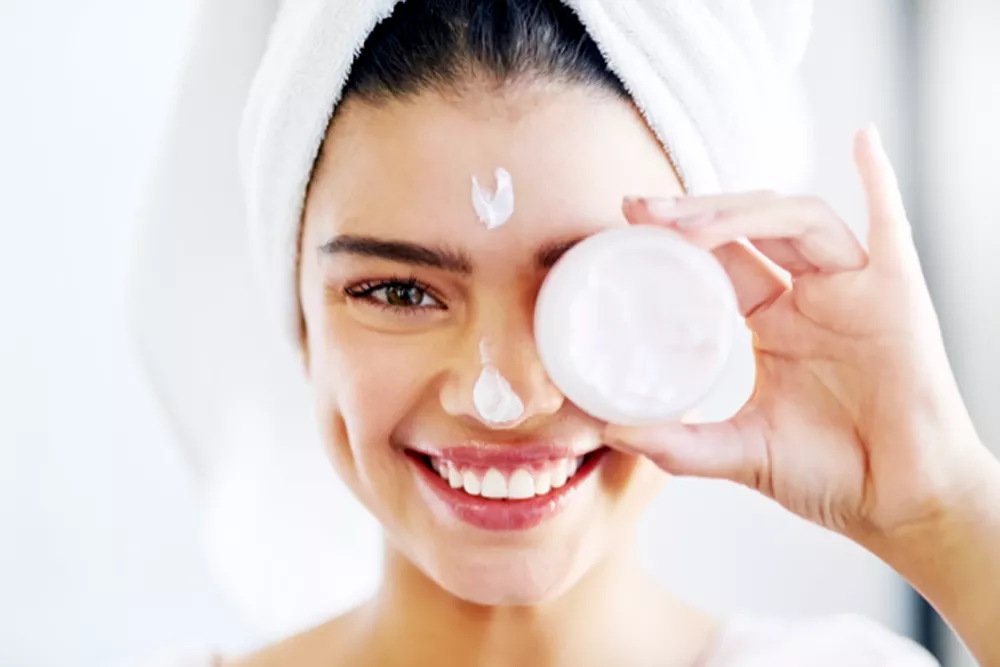



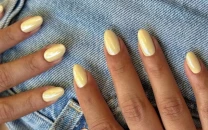


COMMENTS (1)
Comments are moderated and generally will be posted if they are on-topic and not abusive.
For more information, please see our Comments FAQ